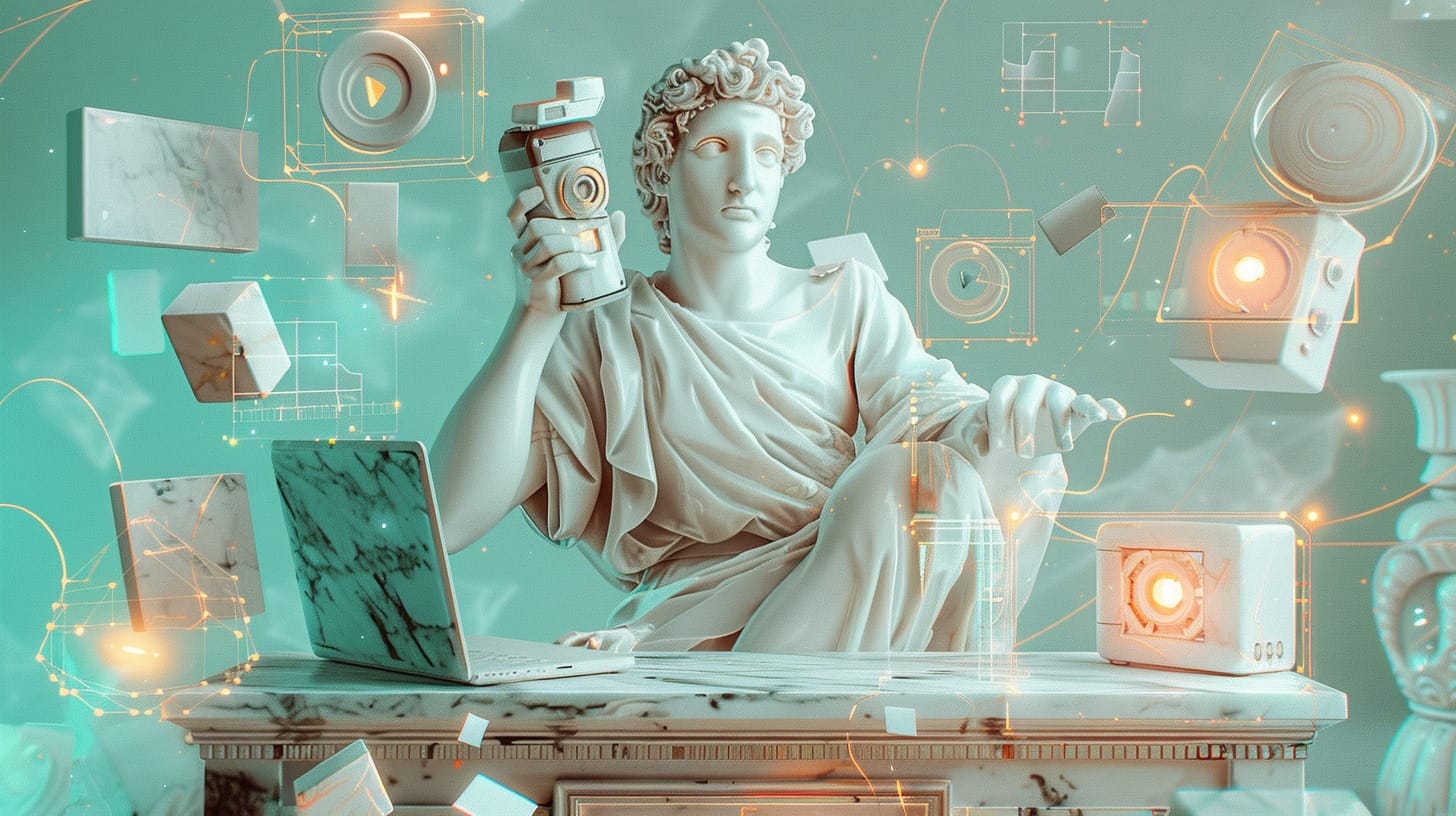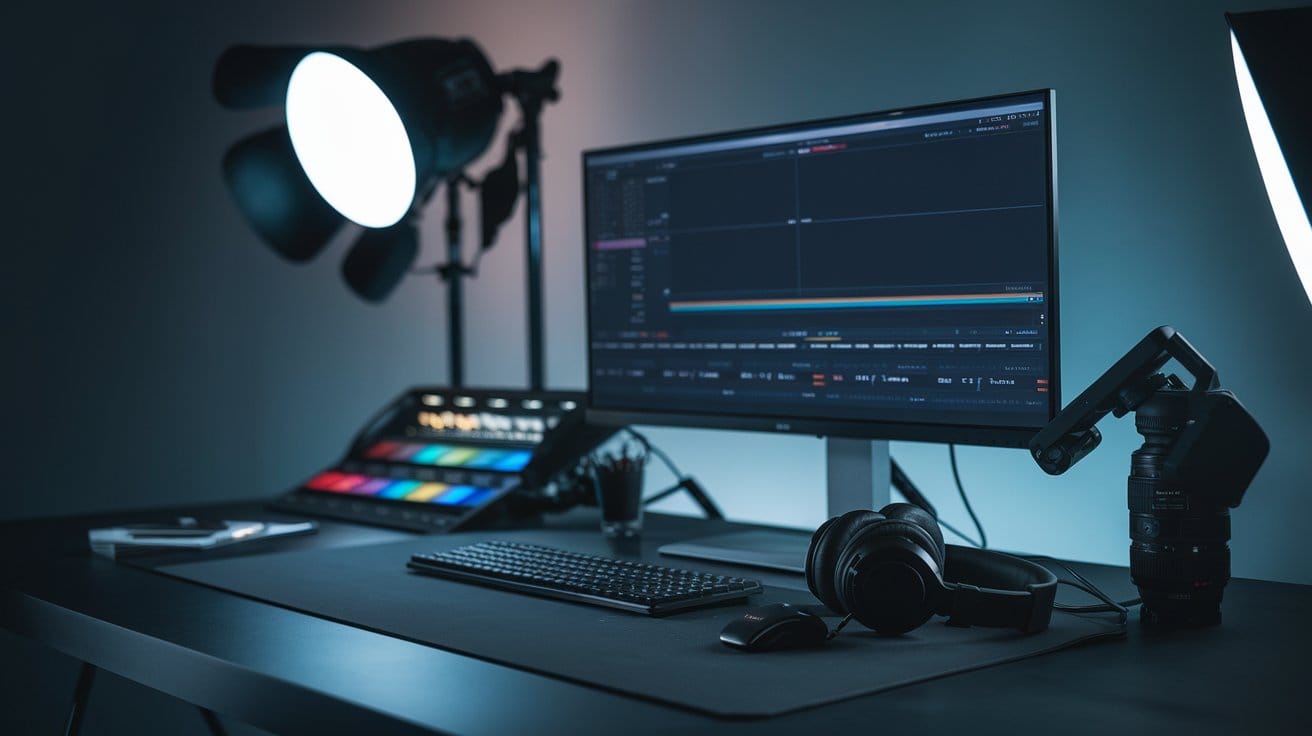Artificial Intelligence (AI) is changing the way we create and consume content. One of its most exciting applications is AI for creating video, a process that allows anyone, regardless of technical background, to produce professional-looking videos in just minutes. From marketers to educators, entrepreneurs to hobbyists, AI video tools are making high-quality production faster, cheaper, and more accessible than ever before.
In this guide, we’ll explore everything you need to know about AI video creation, from understanding what is AI generated content to the step-by-step process of making your first video. We’ll also touch on how AI for content writing connects seamlessly with video creation to supercharge your workflow.
Why Use AI for Creating Video?
Traditional video production requires cameras, actors, editors, and weeks of work. AI eliminates many of these barriers by automating complex steps. Here’s why AI for creating video is worth considering:
- Speed & Efficiency: Generate full videos in minutes instead of weeks.
- Accessibility: You don’t need expensive equipment or editing expertise.
- Cost Savings: Lower production costs by cutting out actors, studios, and long edits.
- Customization: Personalize videos with your own brand style, voiceovers, and subtitles.
- Scalability: Quickly produce multiple versions of a video for different platforms or audiences.
What Is AI-generated content?
Before diving deeper, it’s important to answer: what is AI-generatedWhat content?
In simple terms, AI-generated content refers to any form of text, image, audio, or video created with the assistance of artificial intelligence. Instead of humans writing scripts, editing footage, or recording voiceovers manually, AI tools automate these steps.
Examples include:
- Blog articles or captions written by AI for content writing tools like ChatGPT or Jasper.
- Videos built from scripts using AI for creating video platforms such as Synthesia or Pictory.
- AI-generated music or sound effects that accompany your videos.
This combination makes it possible to create entire marketing campaigns, articles, scripts, and videos, in a fraction of the time it once took.
How AI for Content Writing Supports Video Creation
One powerful way to use AI is by combining AI for content writing with video tools. For example:
- Script Generation: Use AI writing tools to generate blog posts, ad copy, or explainer scripts.
- Video Adaptation: Input that script into a text-to-video AI tool to automatically generate a narrated video.
- Repurposing: A single piece of written content can become a YouTube video, Instagram reel, and LinkedIn post, without hiring separate teams.
This synergy saves time and ensures your messaging is consistent across formats.
Types of AI Video Tools
There are several categories of tools designed to simplify the process:
- Text-to-Video Generators – Convert written text into videos automatically.
- AI Avatars & Voiceovers – Create realistic presenters and multilingual narrations.
- AI Video Editors – Automate editing tasks like trimming, background removal, and captioning.
- AI Animation Tools – Turn static images or ideas into animated visuals.
Step-by-Step: How to Create a Video With AI
1. Define Your Purpose
Clarify whether you need a marketing ad, training video, explainer, or social media clip.
2. Write or Generate a Script
If you don’t want to write manually, rely on AI for content writing to generate engaging scripts in seconds.
3. Pick an AI Video Tool
Popular beginner options include:
- Pictory (blog-to-video)
- Synthesia (AI avatars & voiceovers)
- Runway Gen-2 (text-to-video generation)
- Descript (AI video & audio editing)
4. Customize Your Video
Add logos, images, or music. AI tools also provide stock footage libraries.
5. Generate Avatars & Voiceovers
Choose a voice or presenter that matches your brand identity.
6. Edit & Refine
Preview the video and tweak timing, transitions, and subtitles.
7. Export & Share
Publish your final product on YouTube, TikTok, Instagram, or your website.
Best Practices for Success
- Keep videos short and engaging (1–3 minutes).
- Always add subtitles for accessibility.
- Test different versions to see which performs best.
- Use AI for content writing to generate multiple video scripts quickly.
- Maintain originality by blending AI efficiency with human creativity.
Challenges of AI Video Creation
Despite the benefits, consider the limitations:
- Some avatars and voices still feel artificial.
- Creativity may be limited by the tool’s templates.
- Overreliance on automation can lead to generic content.
The Future of AI Video Creation
The coming years will bring even more advanced features, such as:
- Hyper-realistic avatars indistinguishable from real humans.
- Fully automated workflows that handle script writing, video generation, and publishing.
- Interactive AI videos where viewers can choose outcomes in real-time.
Conclusion
The combination of AI for content writing and AI for creating video is a game-changer for businesses and individuals alike. By understanding what is AI-generated content and using it wisely, you can produce high-quality, engaging videos faster and more affordably than ever before.
If you’re a beginner, start small, experiment with short scripts, avatars, and text-to-video tools. Over time, you’ll find the right balance between AI efficiency and human creativity. Remember, the most effective videos aren’t just polished; they connect with people on a real level.
Ready to turn your ideas into high-impact content? With Wunderkint, you don’t just explore AI for creating video; you combine it with AI for content writing to produce engaging, scalable, and personalized campaigns in minutes.
Start creating smarter with Wunderkint today, and transform the way you connect with your audience.







